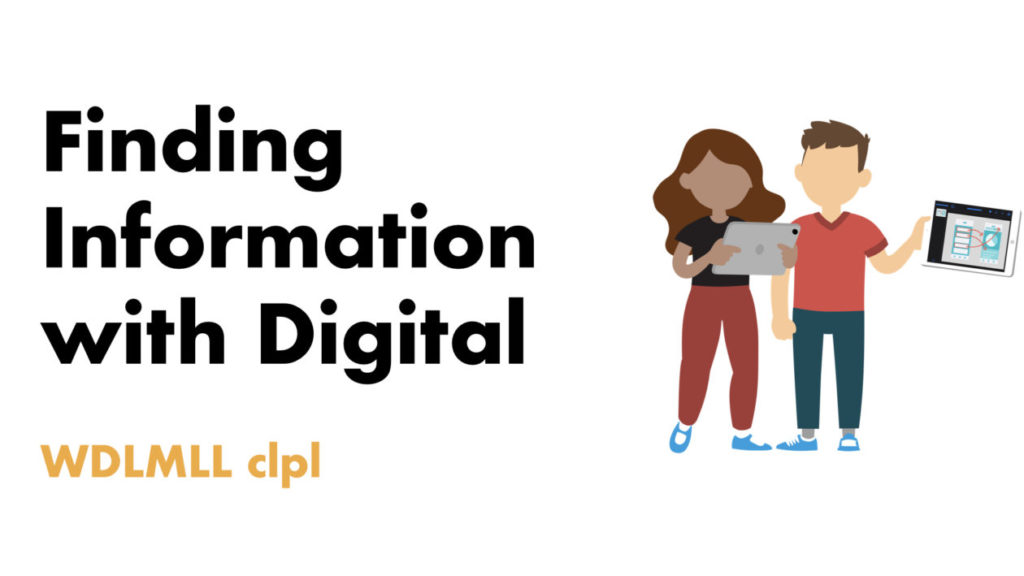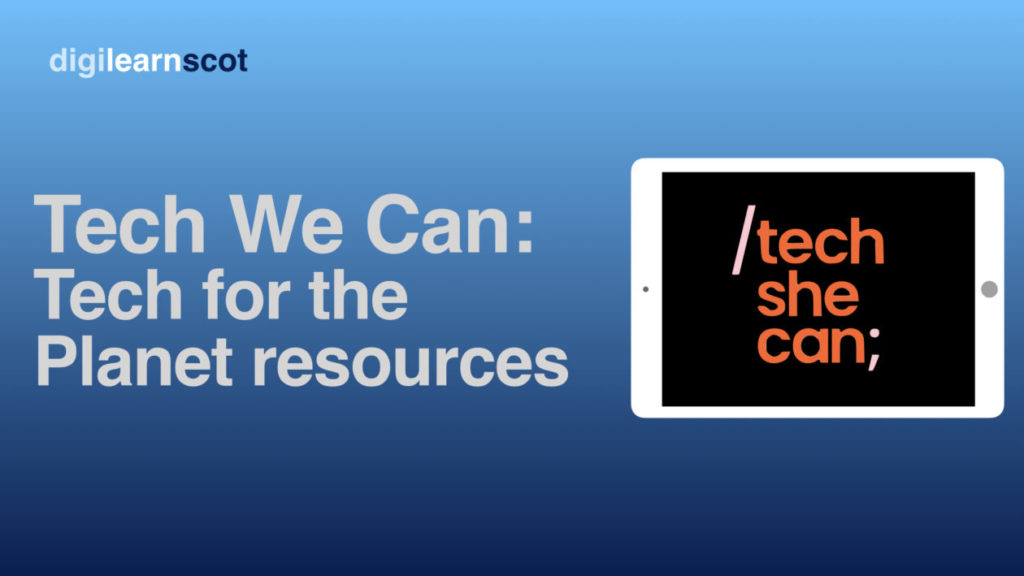Learners should be aware of the behaviour of others and themselves online. Teachers should promote positive behaviours and discussing how learners may develop these, while supporting them to overcome challenges they face online.
Learners should be SAFE when online. In order to do this they need to understand the potential risks to their safety, such as grooming, harassment or threatening behaviour.
Learners should be SMART online. They should be aware of scams, consider how much personal information they share online, and be developing confidence to question online media.
Finally, they should be KIND to others online. It is more likely that learners have been exposed to unkind behaviour online and tackling this should lead them to identifying more positive behaviours and also how to deal with cyberbullying, griefing, trolling and other online behaviours.













